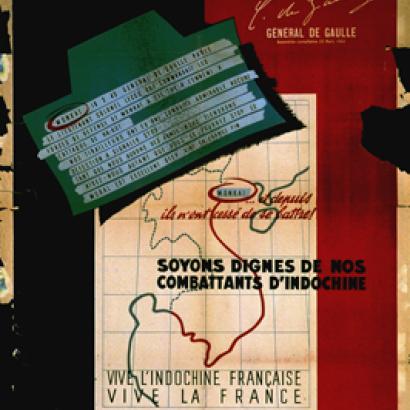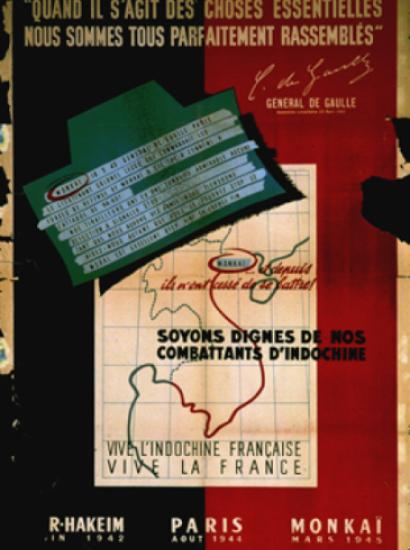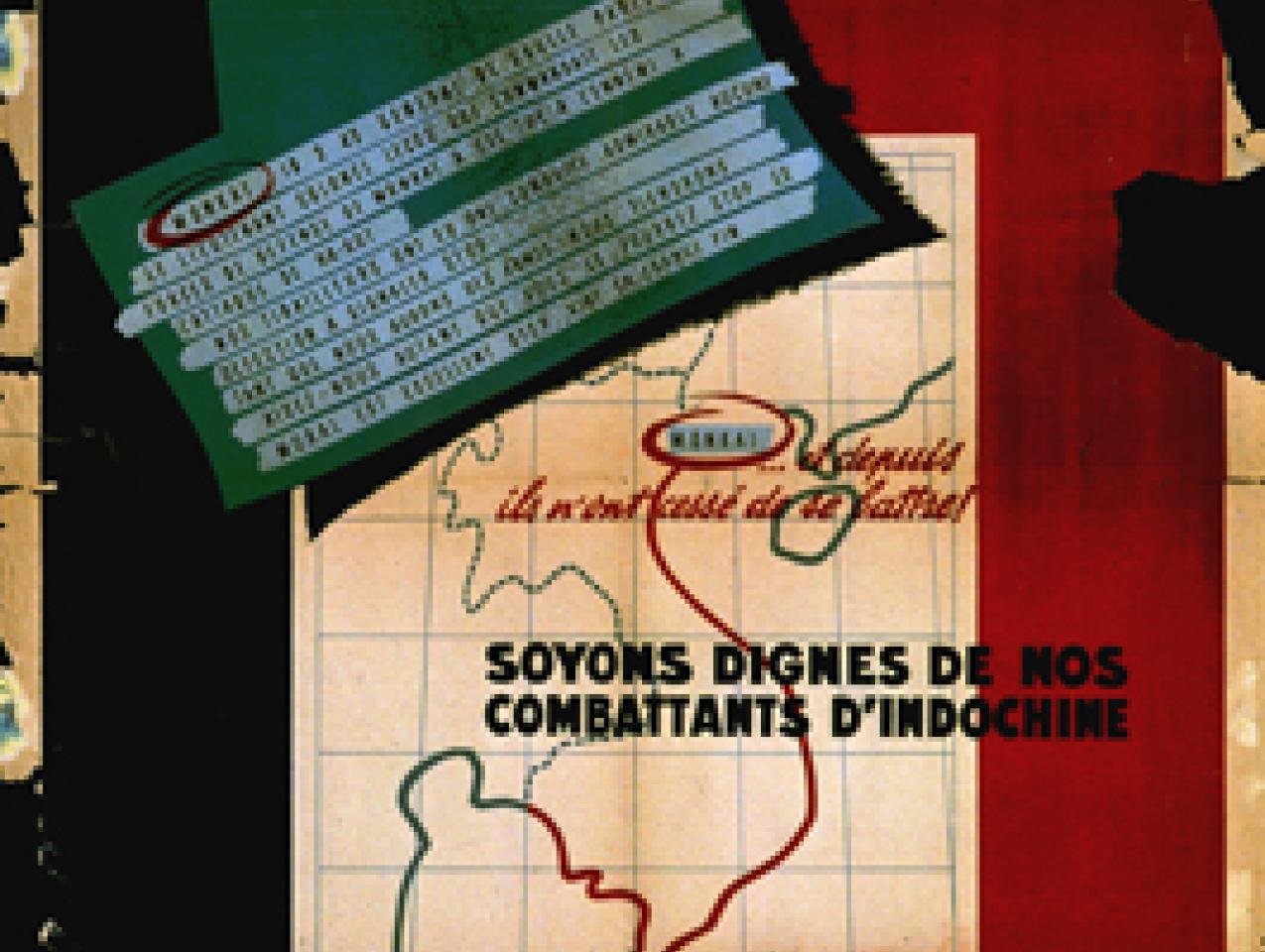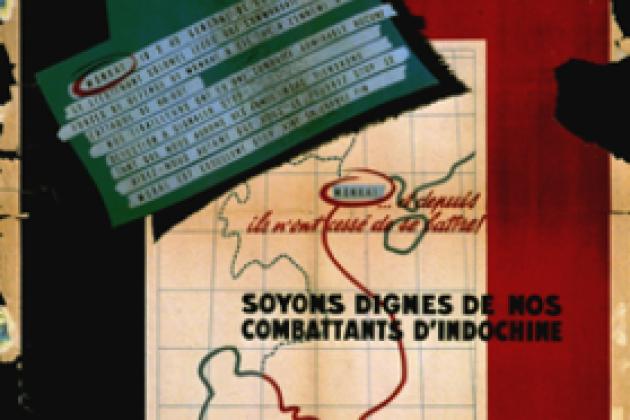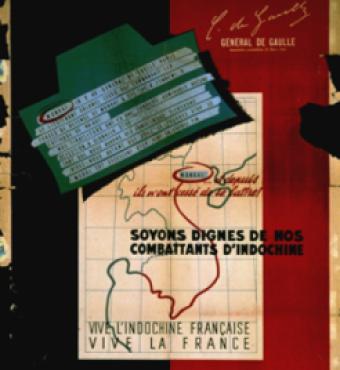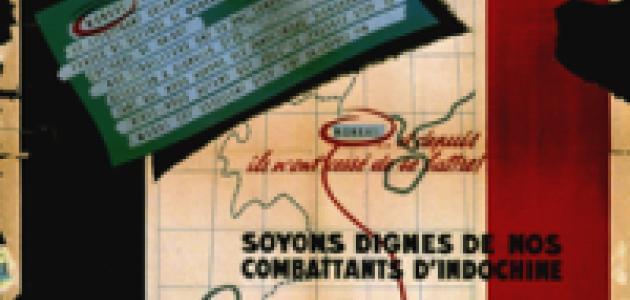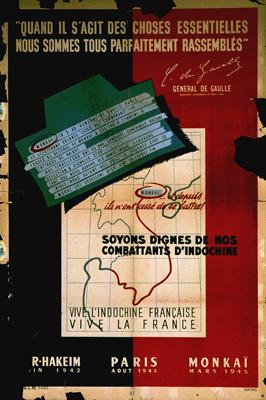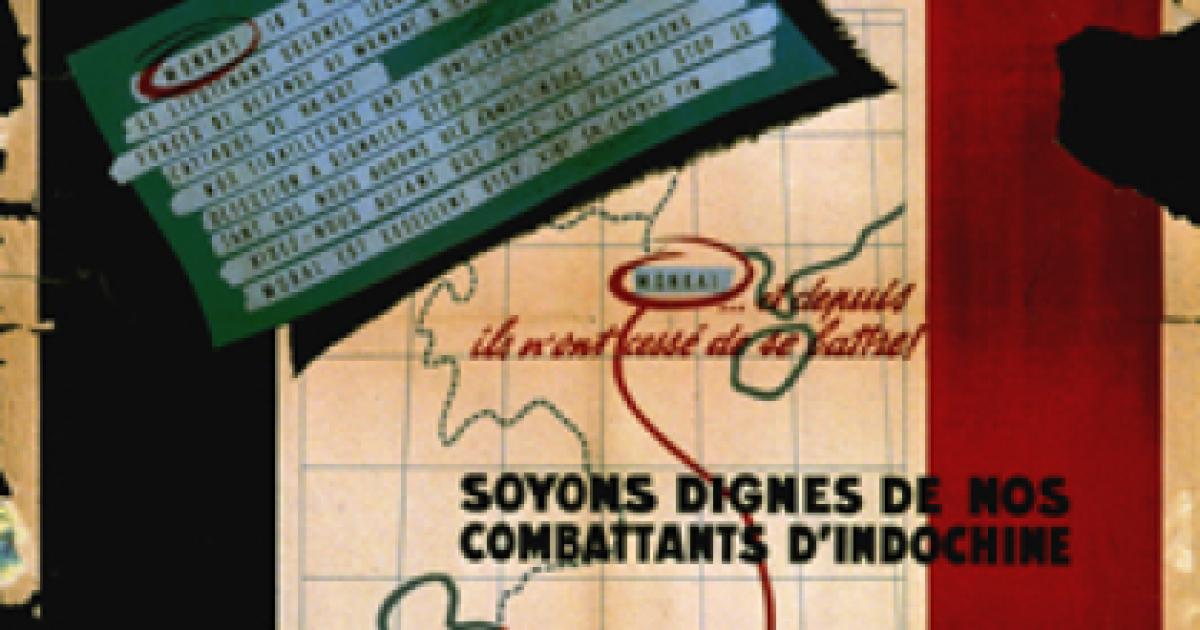
The most consequential military engagement in Southeast Asia in the 20th century is the 1954 Battle of Dien Bien Phu. It was fought ostensibly between the French and the communist-led Viet Minh at Dien Bien Phu, an obscure valley bordering China, in the remote northwestern part of what was then French Indochina. The battle ended with a humiliating defeat for the French, which brought down the French government, ended French colonial rule in Asia, ushered in America’s epic military involvement in the region for decades to come, and fundamentally changed the global geostrategic landscape.
How the French lost this pivotal battle is just as telling as how significant the French defeat became.
Conceptually, the French, like many Americans during the subsequent Vietnam War, were never clear who their enemies were. To the French military, they were not necessarily a part of the Cold War between the Soviet Union and the West, but only Vietnamese nationalist peasants in straw hats who wanted to challenge French colonial rule. In fact, the conflict in French Indochina between 1950 and 1954 was nothing short of a proxy confrontation in an ideologically driven Cold War between the Communist bloc and the West, mapped out in late December 1949 and early 1950 in Moscow among Stalin, Mao, and Ho Chi Minh, as post-USSR archival releases and numerous recent Chinese studies have shown.
Such conceptual misunderstanding produced significant military consequences. During the Battle of Dien Bien Phu, the French almost completely misjudged the true military strength of their enemies, entirely discounting the massive support and reinforcement in the campaign by the Communist bloc, particularly by the Chinese, who had just emerged victorious from the Korean War with a huge stockpile of Soviet-made and captured American heavy artillery and anti-aircraft artillery. These artillery pieces were quickly transported to Dien Bien Phu, where they obliterated the French fortifications. Without the Chinese supply of these weapons and the Chinese military delegation headed by generals Wei Guoqing and Mei Jiasheng, who directed General Giap’s every order, the Viet Minh could not have won the battle so easily, or perhaps even at all.
Implicit in the French underestimation of their enemies was ignorance of the Viet Minh’s capability to conduct modern, division- and corps-based campaign-style set piece battles. The Americans would have the same misconception in the Vietnam War until the 1968 Tet Offensive.
The French strategy was to fortify Dien Bien Phu in order to lure the seemingly disorganized, spread-out Viet Minh guerrillas and insurgents to converge upon the newly-built French fortress so that with superior fire power, the French could destroy the enemy in large numbers and win the war.
The French plan at Dien Bien Phu failed miserably—Hitler made a similar mistake at Stalingrad—because it hinged on two critical factors: the inability of the enemy to form a siege around the fortress, and a French airlift command successfully delivering sufficient lethal weapons, supplies, and troop reinforcements.
Neither materialized. In fact, the opposite happened, just like in Stalingrad for Hitler. The 16,000 French troops were encircled and contained in the Dien Bien Phu valley by more than five Viet Minh regular divisions, totaling 50,000 men, who took all the commanding heights overlooking the French in the valley and pounded their enemy with heavy artillery bombardment of extreme ferocity. The French airlift of supplies, weapons, and reinforcements to Dien Bien Phu was also made impossible by the Viet Minh’s efficient anti-aircraft artillery. It was halted completely mid-way through the campaign, leaving the trapped French troops with little choice but surrender, again just like Hitler’s Sixth Army at Stalingrad.
The Battle of Dien Bien Phu began in mid-March and ended in early May 1954. In the end, of the 16,000 French troops, fewer than 100 broke through the siege at Dien Bien Phu, with the rest killed, wounded, or captured. The defeat was a complete rout for the French.
Ironically, the Battle of Dien Bien Phu has been one of the least studied military episodes despite its rich lessons and significant relevance for today’s military conflicts that could potentially break out any time, especially in the Korean Peninsula, where stockpiles of the world’s most lethal weapons, massive mobilized armies on both sides, and the world’s most heavily concentrated heavy artillery and anti-aircraft weapon systems are located.







